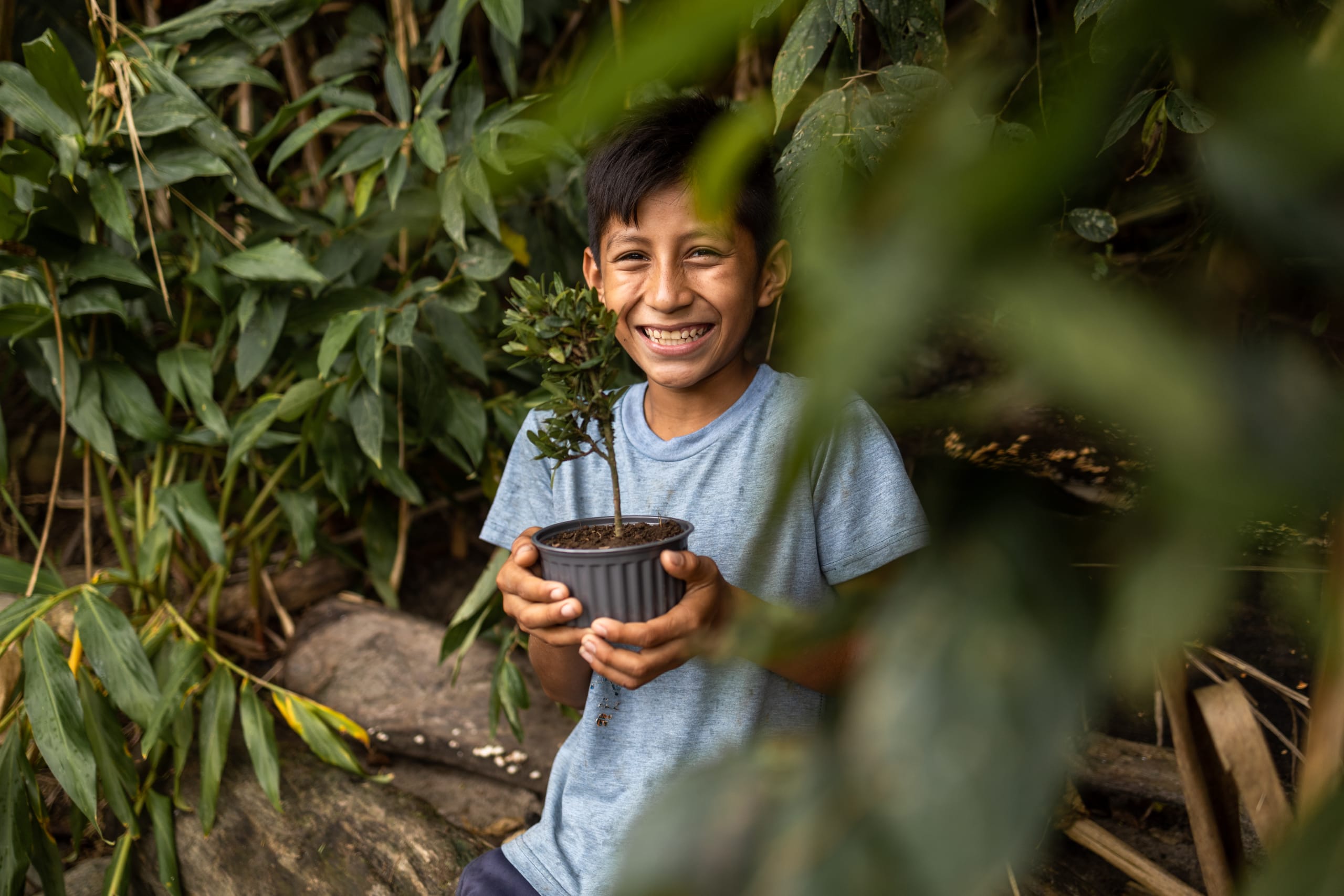“We have a Biblical mandate to care for God’s creation. Children are part of that creation.”
Andrew Leake
In your mind’s eye, imagine a blank sheet of paper.
In the centre, you sketch a child. You now begin to fill in the surrounding space to complete the picture. What fills that blank space? Perhaps you draw a yellow sun, fill the top of the page with a blue sky, or add a big green tree spreading out by a school, church or home. Maybe you even add some grass underfoot, or a flower or two.
You may not realize this, but whatever you filled the picture with is a significant key to holistic child development. Why? Because whatever surrounds a child is their unique context.
Of course, a child’s context is so much more than simple scenery. But by creating that mental picture, we reveal that a child is in relationship with creation. From mountains to deserts, jungles to urban centres—the physical environment a child grows up in has a direct impact on them.
The impact of environmental changes on kids
Compassion’s model of holistic child development accounts for the unique needs and context of every child to see them released from poverty and living to their fullest potential. To create these transformational child outcomes, Compassion continues to lean into learning and developing our program so children can thrive.
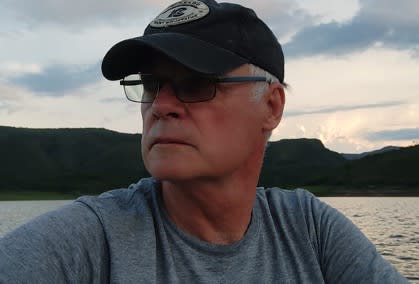
Andrew Leake (PhD) is the Principal Program Design Specialist who leads Compassion’s Environmental Stewardship and Creation Care initiative.
Andrew Leake (PhD), the Principal Program Design Specialist who leads Compassion’s Environmental Stewardship and Creation Care initiative, sat down to talk with us about creation care, the impact of environmental changes on the children in Compassion’s program and how Compassion is responding.
Compassion Canada: Can you talk about Compassion’s approach and intentionality regarding creation care and environmental stewardship?
Andrew Leake: The way Compassion approaches these things is very child-centric and mission-centric. Our mission is to release children from poverty in Jesus’ name.
Our national office colleagues and our over 8,000 local church partners are finding that the achievement of the outcomes we desire for the child is increasingly challenged by events that are linked to extreme weather—be that drought, floods or what we call “slow onset” (that is, the progressive change in weather patterns in a given region to the point where people can’t produce certain crops or carry on with certain livelihoods).
Why is Compassion as a Christian organization engaged with creation care?
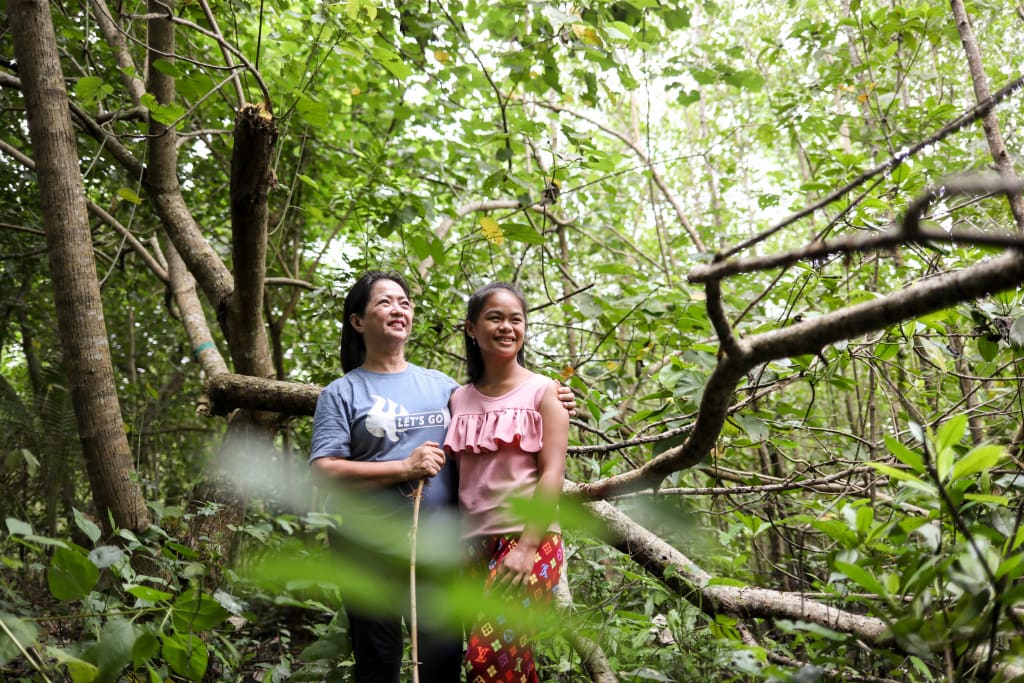
First and foremost, there’s a biblical mandate to care for creation. But at Compassion, we’ve also been called to release children from poverty. In order to do that well, we have to understand their context. Their well-being very much depends on the quality of that context. I’m talking about the natural environmental context here.
CC: How does extreme weather and changes in weather patterns affect children and families living in poverty?
AL: There’s a growing body of research showing how extreme weather—particularly intense and long-lasting heat waves—affects a child. It also affects [an unborn child and] the pregnant mother, especially in the last trimester.
Some studies are showing that extreme heat is now associated with reduced birth weight. That’s been studied in Bangladesh and Ghana. [In this situation], the child’s cognitive development is undermined from the get-go.
There’s also a whole load of research on the effects of air pollution on child health. One of the big ones that Compassion deals with is air pollution in the household derived from burning firewood or charcoal. That is a huge and silent health issue and has also contributed to changing weather patterns.
“Any problem you have when you’re in poverty can easily be made worse by changing, extreme weather.”
Andrew Leake
Let me just tell you a short story.
In Togo, I was in a meeting with a big group of people—pastors, community chieftains, politicians. In that group, there was a mother holding a young child. The baby was sweating in the air-conditioned room. I asked her, “When you go out of this door to go home, it is very hot outside—how does it affect you?” And she told me a story that is very pertinent to your question.

Air pollution caused by smoke in Malawi.
She said, “When it is hot at night, my children don’t want to wear anything. They don’t want to sleep under a mosquito net simply because it’s suffocating, so they are more exposed to mosquitos. They don’t sleep well. And if they’re not sleeping well, they want to go outside the house and it’s dangerous to be outside at night in our community.”
She went on, “It’s so hot for my children who go to school. They get tired and hot before they get to class. Once they’re in class, they’re having to invest energy into cooling and fanning themselves, and that diverts from them paying attention to the teacher.”
The classrooms are not air conditioned, and they don’t have a fan. You then begin to connect the dots between high temperatures and a child in poverty who hasn’t got any measures to cope. It’s affecting not only their cognitive development, as I mentioned earlier, but also their actual education.
This woman’s story is replicated in many areas where we work. You can also start rapidly joining the dots with extreme heat affecting crop growth. It’s affecting food security. Food insecurity can lead to displacement. And it really becomes more serious because displacement can generate violence.
All these connected dots become quite a complex scenario. Any problem you have when you’re in poverty can easily be made worse by changing, extreme weather. We are seeing large scale, rapidly increasing effects of changing weather patterns and extreme weather on child well-being. This is the scenario that Compassion is increasingly having to navigate as we try and release children from poverty.
CC: How does Compassion support children and their families who are impacted by extreme weather or changes in weather patterns?
AL: Let me just start by saying a lot of what Compassion has been doing over the past decades aligns with the type of actions needed to help people adapt to these changing environment contexts.
When I had my initial conversations in this role, I spoke with national directors and national leadership teams. Our national director in Kenya drew my attention to the fact that Compassion had been working on sand dams.

A sand dam constructed by a local Compassion centre in Kenya providing a water source for the community.
I learned a sand dam is essentially a wall across a normally dry streambed or river. It’s not very big. This dam is built so that when there are intense rains, the wall builds up silt behind it. The silt, or sand, becomes like a sponge that holds the water rather than just letting it run off. That feeds the water table immediately around that area and brings humidity which enables people to access ground water at a very shallow level. This allows them to water their crops when there’s no rain. So that is an adaptation to changing weather patterns we’ve been doing for years.
What’s changed now is the recognition that environmental challenges are now pervasive, and they cut across all the countries where we serve children. Therefore, we’re having to think of scaling up.
We must care for creation as we release children from poverty, and we do that with a sense of integrity and urgency.
CC: What do you think it takes for children to thrive even when they face environmental challenges in their context?
After listening to national directors, talking to our global program staff, reading the science and exploring what other NGOs are doing, we have said, “For a child to be able to grow up in this rapidly changing world where weather patterns are changing, the very basics that they need are food, water and, although it doesn’t seem obvious, energy.”
Food, energy and water—we call them the critical FEW. Every child needs—at the very basic level— safe and secure access to nutritious food, clean energy and safe water. Anything that Compassion does in those areas is done in a way that generates environmental sustainability.
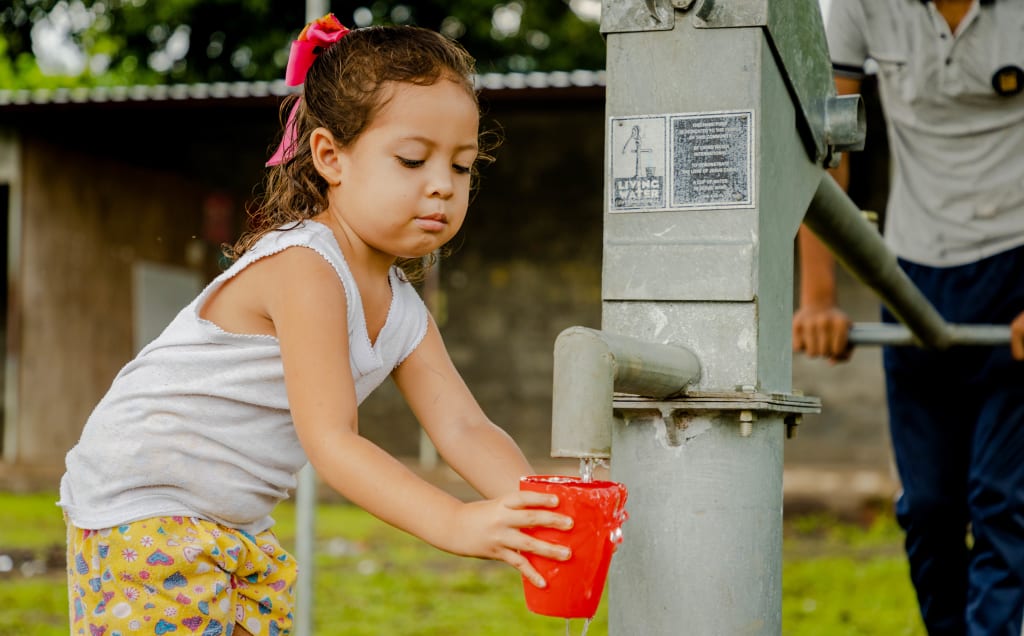
In terms of food, we are embarking on a fascinating move in agroecology (that is, sustainable farming that works with nature). Working with the land to be able to produce food that is nutritious in a way that contributes to building up environmental quality.
With water, Compassion is focused on delivering water to the community. We have a conversation with the pastors, community and national office to look at where that water is coming from and how sustainable that source is. We look at the watershed and the quality of the water table.
When it comes to energy, there are multiple ways that Compassion approaches energy without actually having an energy project. A lot of the time we put in a borehole with a solar-powered pump. There are many churches, especially in Haiti for example, that have solar power for electricity in their Compassion centres.
These are things that we’re doing to add what I would call environmental sustainability. We want to ensure that whatever we do is sustained environmentally and in the long term.
CC: Do you have any final words you’d like to share?
AL: I’ll end on this because it’s a message of hope. Yes, this is big, but yes, there are solutions. It’s important that we show how we can help a child adapt to extreme weather.
That is something that Compassion specializes in—addressing child poverty. It’s an existential issue, but we can address it with hope.
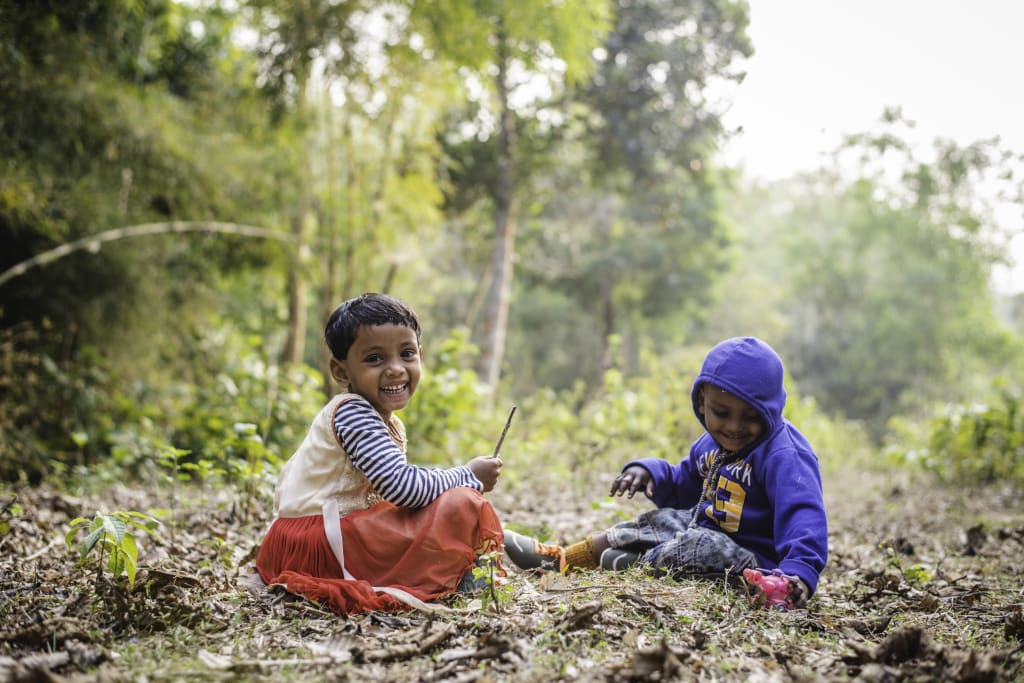
“How” and “hope” are very close together in my mind. When you show people how they can address these issues, it automatically starts to instill hope because they see there’s a way forward. And I think that’s Compassion’s goal for this issue children are facing.
“When you show people how they can address these issues, it automatically starts to instill hope because they see there’s a way forward.”
Andrew Leake
Compassion’s holistic child development program is the “how” that brings hope close to children and families in poverty. It is effective because it accounts for the unique and complex context of every child, including the environmental factors that impact their health, education, food security and more.
Compassion is committed to creation care and environmental stewardship because it is part of what empowers a child, family and community to break the cycle of poverty.

